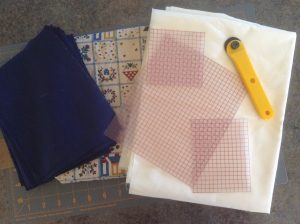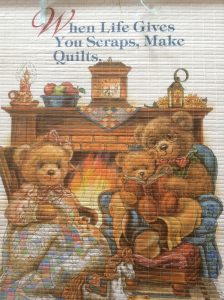
While we have been hearing about the COVID19 virus for weeks, it has certainly been affecting our lives dramatically in the last few days. We grieve with those who are suffering from this virus and their families. More than ever we see that we are all connected. In the words of poet John Donne:
“Each man’s death diminishes me
For I am involved in mankind
Therefore, send not to know
For whom the bell tolls
It tolls for thee.”|
For the majority of us, at least for now, this virus mostly means social isolation and distancing. In a season of Lent, it means not being able to worship with other people. It is not being able to visit those who live alone. It is no sports on television, and difficulty for businesses whose wary customers have avoided them. It is hardship for others who have been laid off. But it also means that you see who the real heroes are, the truckers and warehouse staff who have put in the hours needed to keep the grocery stores supplied in the face of panic, the neighbours checking up on each other. It means the silver lining of lower air pollution, and an opportunity to ask about whether our industrialized, entitled lifestyle was really so necessary.
It means keeping ourselves occupied when self-quarantining and for some, that is proving quite a challenge. Online resources have proven to be a boon for virtual community and information. There’s time for reading books and listening to music. We can connect with our tribe, people we sometimes have taken for granted. The nature we’ve neglected beckons as spring has begun. Out of long-term storage, we unearth half-done craft projects, and give them another try.
So I’ve gotten to work on making a quilt out of my leftover material stash and an old quilt pattern, something I’ve been meaning to do for quite a while. Quilting has always been, for me, a way of incorporating the circumstances of your life, though they be only scraps, into something beautiful. Quilts evoke memories and emotions, as you come across material from old children’s clothing. as you think of the people who worked with you in quilt class. They remind you of the circumstances in which they were created.
We don’t yet know what will happen in the next little while. The world has seen plague before, and sometimes creativity finds whole new ways of expressing itself. Boccaccio’s The Decameron was written around the time of the Black plague, 1348 AD. It’s a collection of 100 tales by 10 people who have secluded themselves away in a villa outside Florence, Italy. Hundreds of years later it was part of my Italian Literature class curriculum.
We also don’t know how this will change the world going forward. But, just as I include both dark and light in piecing a quilt, we can trust that God, the great Designer, will graciously waste nothing in our lives.


